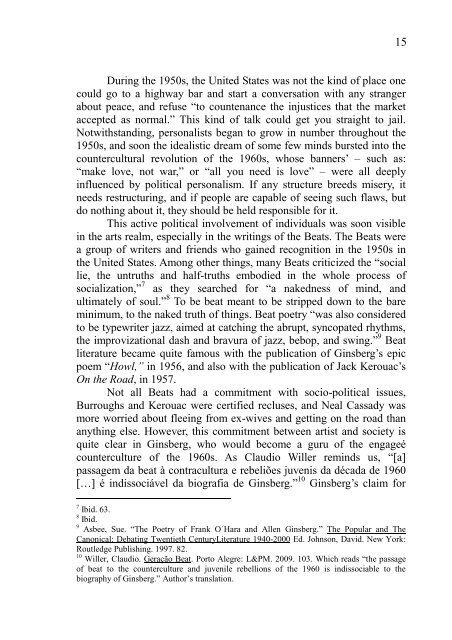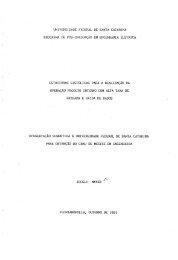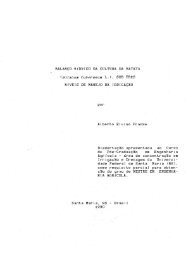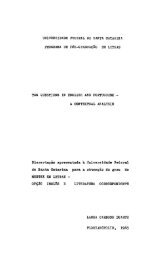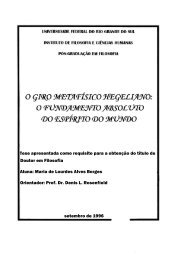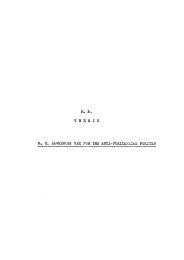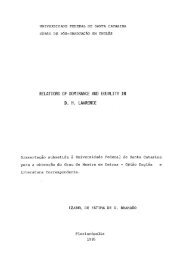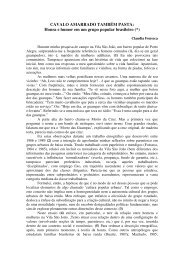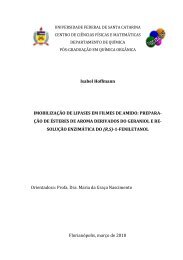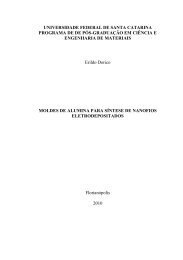Tropical ginsberg
Tropical ginsberg
Tropical ginsberg
You also want an ePaper? Increase the reach of your titles
YUMPU automatically turns print PDFs into web optimized ePapers that Google loves.
During the 1950s, the United States was not the kind of place one<br />
could go to a highway bar and start a conversation with any stranger<br />
about peace, and refuse “to countenance the injustices that the market<br />
accepted as normal.” This kind of talk could get you straight to jail.<br />
Notwithstanding, personalists began to grow in number throughout the<br />
1950s, and soon the idealistic dream of some few minds bursted into the<br />
countercultural revolution of the 1960s, whose banners’ – such as:<br />
“make love, not war,” or “all you need is love” – were all deeply<br />
influenced by political personalism. If any structure breeds misery, it<br />
needs restructuring, and if people are capable of seeing such flaws, but<br />
do nothing about it, they should be held responsible for it.<br />
This active political involvement of individuals was soon visible<br />
in the arts realm, especially in the writings of the Beats. The Beats were<br />
a group of writers and friends who gained recognition in the 1950s in<br />
the United States. Among other things, many Beats criticized the “social<br />
lie, the untruths and half-truths embodied in the whole process of<br />
socialization,” 7 as they searched for “a nakedness of mind, and<br />
ultimately of soul.” 8 To be beat meant to be stripped down to the bare<br />
minimum, to the naked truth of things. Beat poetry “was also considered<br />
to be typewriter jazz, aimed at catching the abrupt, syncopated rhythms,<br />
the improvizational dash and bravura of jazz, bebop, and swing.” 9 Beat<br />
literature became quite famous with the publication of Ginsberg’s epic<br />
poem “Howl,” in 1956, and also with the publication of Jack Kerouac’s<br />
On the Road, in 1957.<br />
Not all Beats had a commitment with socio-political issues,<br />
Burroughs and Kerouac were certified recluses, and Neal Cassady was<br />
more worried about fleeing from ex-wives and getting on the road than<br />
anything else. However, this commitment between artist and society is<br />
quite clear in Ginsberg, who would become a guru of the engageé<br />
counterculture of the 1960s. As Claudio Willer reminds us, “[a]<br />
passagem da beat à contracultura e rebeliões juvenis da década de 1960<br />
[…] é indissociável da biografia de Ginsberg.” 10 Ginsberg’s claim for<br />
7 Ibid. 63.<br />
8 Ibid.<br />
9 Asbee, Sue. “The Poetry of Frank O´Hara and Allen Ginsberg.” The Popular and The<br />
Canonical: Debating Twentieth CenturyLiterature 1940-2000 Ed. Johnson, David. New York:<br />
Routledge Publishing. 1997. 82.<br />
10 Willer, Claudio. Geração Beat. Porto Alegre: L&PM. 2009. 103. Which reads “the passage<br />
of beat to the counterculture and juvenile rebellions of the 1960 is indissociable to the<br />
biography of Ginsberg.” Author’s translation.<br />
15


